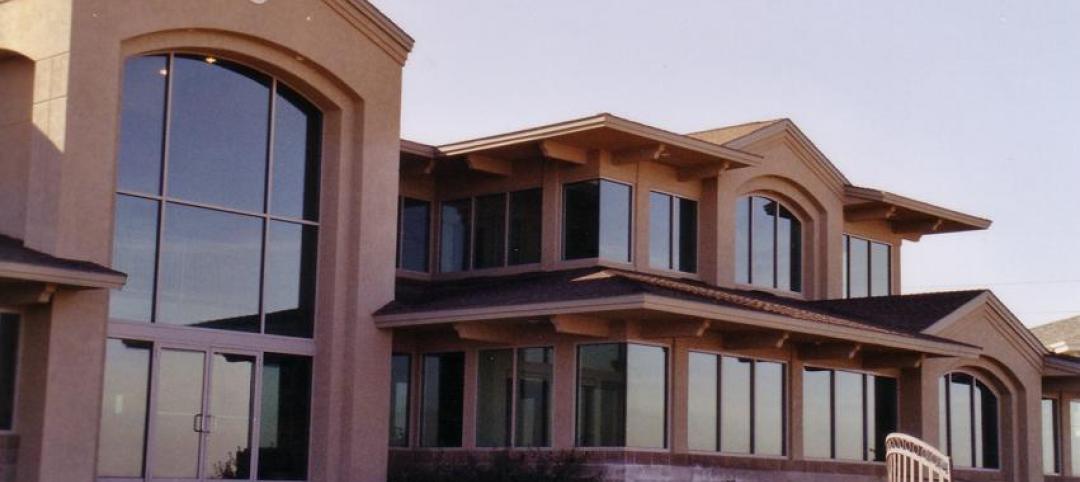Pending rules in the White House pipeline would position a re-elected President Barack Obama to outpace his predecessor with second-term rulemaking, according to a review of regulatory filings.
Obama has delayed until after the election decisions on regulating ozone levels and rearview cameras for cars. Rules still need to be written to carry out much of Obama’s signature first-term domestic policy initiatives, the health-care overhaul and the Dodd-Frank law regulating the financial industry.
Rulemaking in George W. Bush’s second term posed costs to the U.S. economy, including business compliance expenses, estimated at $30.4 billion or more, according to Office of Management and Budget data. Estimates for rules headed for completion in a second Obama administration already approach that figure.
“If Obama’s goal is to beat Bush in regulation, the math looks better for him than the math for Romney in delegates,” said James Gattuso, a senior research fellow in regulatory policy at the Washington-based Heritage Foundation, which says it promotes conservative political policies.
The ozone rule would cost $19 billion to $90 billion in 2020, according to the White House. The Obama administration puts the cost of rearview cameras at $2.7 billion. A Bloomberg Government study in July found that four provisions of the Dodd- Frank law may cost banks and other financial services companies $22 billion, with hundreds of rules yet to be written.
“There would have to be a dramatic change in regulation for him not to exceed” Bush’s rulemaking history, Gattuso said.
Benefits Overlooked
Obama’s critics talk about the cost of regulations without factoring in the benefits, said Kenneth Baer, associate OMB director for communications and strategic planning. Rules approved during the first 32 months of Obama’s presidency will cost an estimated $19.9 billion while yielding net benefits of more than $91 billion in monetary savings and deaths and injuries avoided, according to OMB figures.
“You have to focus on what you’re buying,” said Michael Livermore, executive director of the Institute for Policy Integrity at the New York University School of Law. “If you just look at the price, you don’t know what you’re getting. Are these wise investments? That’s the question.”
An example of a regulation that is paying off, according to Livermore, is the Environmental Protection Agency’s mercury and air toxics rule, which caps pollutants emitted by power plants. It will cost utilities about $9.6 billion per year and is projected to yield up to $90 billion in benefits in terms of saved lives, reduced illness and jobs created, according to the EPA.
Regulation Resistant
As with many rules in the environmental and financial services sectors, the expense and benefits are unevenly distributed, which tends to make those saddled with costs particularly resistant to regulation, Livermore said.
Power companies “pay the costs and don’t receive the benefits,” he said. “There’s also not as powerful a lobby for ’lives saved.’”
The backlog of rulemaking plays into the attacks on Obama by Mitt Romney and other Republican presidential contenders, who say that regulatory burdens on business are slowing down economic recovery.
In a campaign position paper, Romney describes Obama’s approach to regulation as “unprecedented, unpredictable and unproductive” and he pledged to issue an executive order freeing states from complying with rules for the health care initiative and to scale back the Dodd-Frank regulatory regime.
Republican candidates Rick Santorum and Newt Gingrich have made similar statements.
Supreme Court Hearing
The Supreme Court could do some of the Republican candidates’ work for them if it strikes down the health care law, the Affordable Care Act. The court is slated to hear a challenge to the law beginning March 26.
Even without sweeping initiatives like Dodd-Frank and the health care law, regulatory activity is likely to increase in a second Obama term, said Anne Joseph O’Connell, an administrative law professor at the University of California, Berkeley, law school.
Presidents try to take advantage of a honeymoon period with Congress early in a first term and concentrate on legislative achievements, she said. Lame-duck administrations tend to rely more on regulations to carry out their priorities, particularly in their final year in office, she said.
In addition, “it takes a long time to get their people in and regulations take time,” O’Connell said.
Second Bush Term
During George W. Bush’s second term, OMB reviewed 171 “economically significant” rules, up from 135 in his first term, according to OMB data. The estimated cost of first term rules, $21.6 billion, was about $9 billion less than the second term total.
While Bill Clinton issued fewer rules in his second term than his first, they were more costly on average. The total cost of his second term regulation is estimated at $24.5 billion for 144 significant rules, compared with $22.9 billion for 154 significant regulations in the first Clinton term. The figures are in 2001 dollars.
Rulemaking rarely is as one-sided toward costs as critics sometimes make it out to be, O’Connell said.
“The system is set up to make sure that agencies balance benefits and costs. The only way a rule is going to see very high costs is with even higher benefits,” she said. BD+C
Related Stories
| Mar 26, 2013
Will Google Glass revolutionize the construction process?
An Australian architect is exploring the benefits of augmented reality in the design and construction process.
| Mar 24, 2013
World's tallest data center opens in New York
Sabey Data Center Properties last week celebrated the completion of the first phase of an adaptive reuse project that will transform the 32-story Verizon Building in Manhattan into a data center facility. When the project is completed, it will be the world's tallest data center.
| Mar 22, 2013
8 cool cultural projects in the works
A soaring opera center in Hong Kong and a multi-tower music center in Calgary are among the latest cultural projects.
| Mar 22, 2013
Earn $500 as a DOE proposal reviewer
The DOE'S Building Technologies Office this morning put out a call to the AEC industry for expert reviewers for its new energy-efficiency initiative for small commercial buildings, which make up more than 90% of the commercial building stock.
| Mar 21, 2013
Best Firms to Work For: Enermodal Engineering is green to the core
At Enermodal Engineering, there’s only one kind of building—a sustainable one.
| Mar 21, 2013
Are charter schools killing private schools?
A recent post on Atlantic Cities highlights research by the U.S. Census Bureau's Stephanie Ewert that shows a correlation between the growth of charter schools and the decline in private school enrollment.
| Mar 20, 2013
Folding glass walls revitalize student center
Single-glazed storefronts in the student center at California’s West Valley College were replaced with aluminum-framed, thermally broken windows from NanaWall in a bronze finish that emulates the look of the original building.
| Mar 20, 2013
Architecture Billings Index up again in February
The American Institute of Architects reported the February ABI score was 54.9, up slightly from a mark of 54.2 in January. This score reflects a strong increase in demand for design services.

















